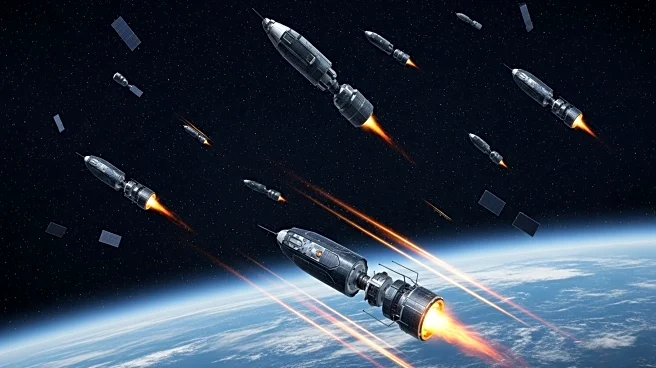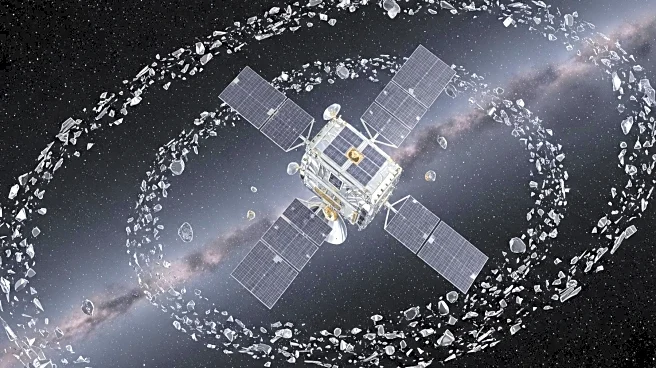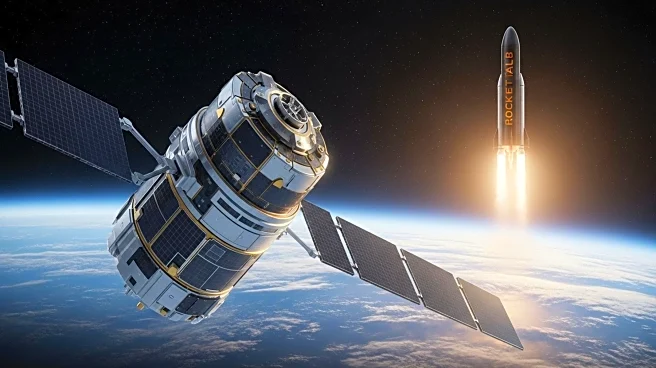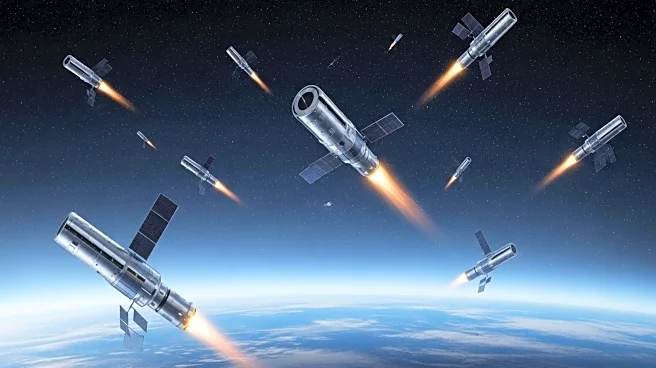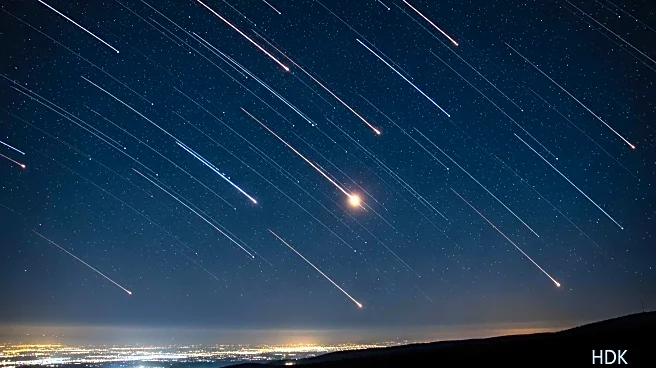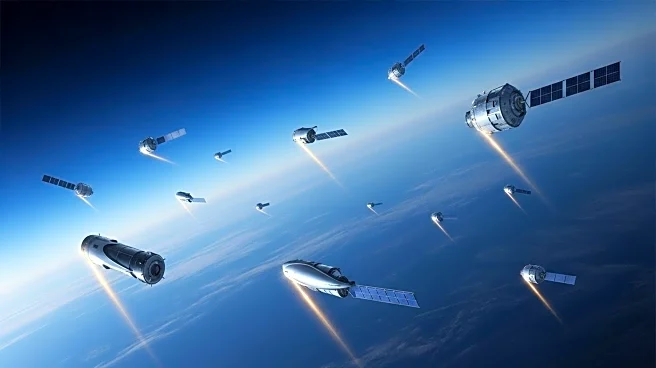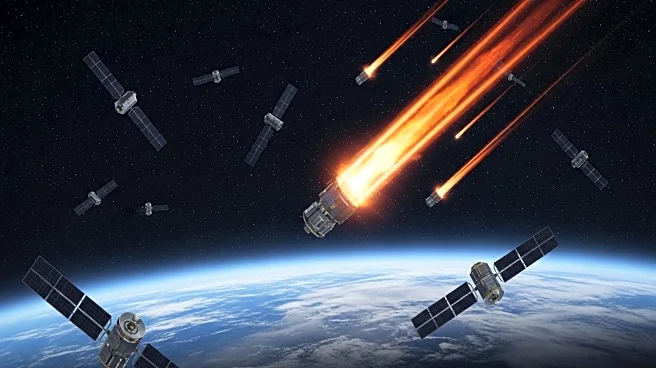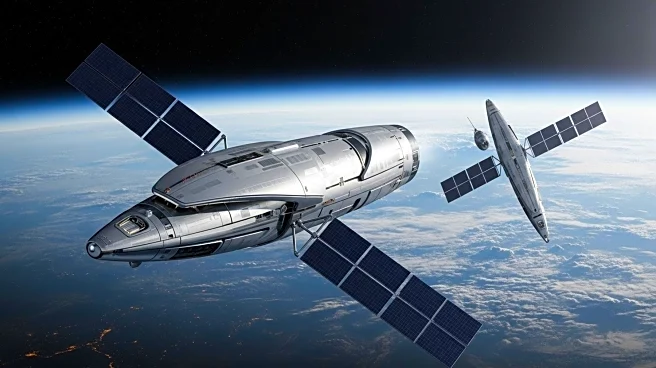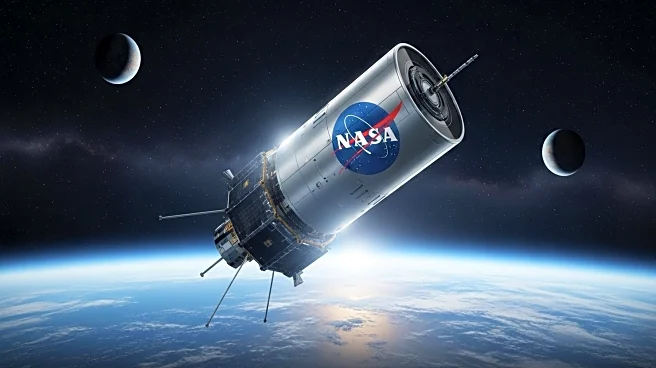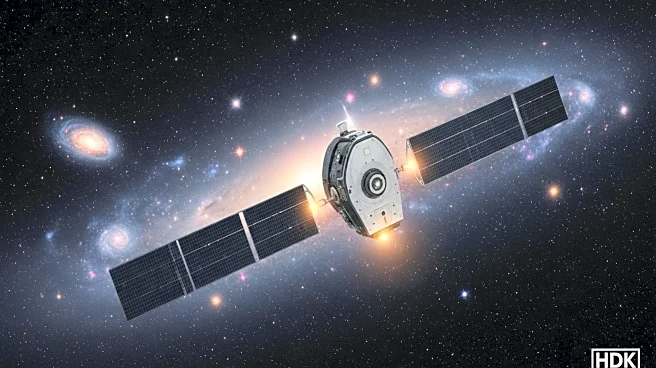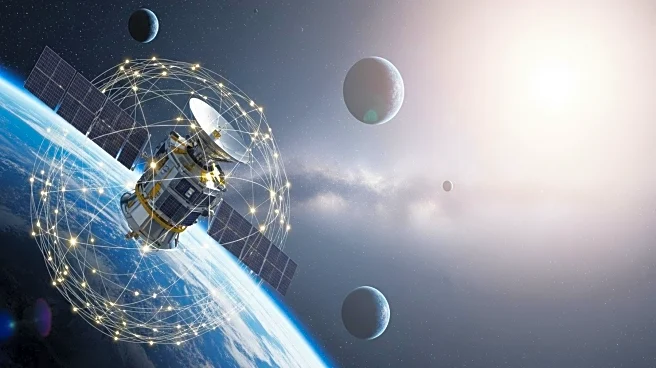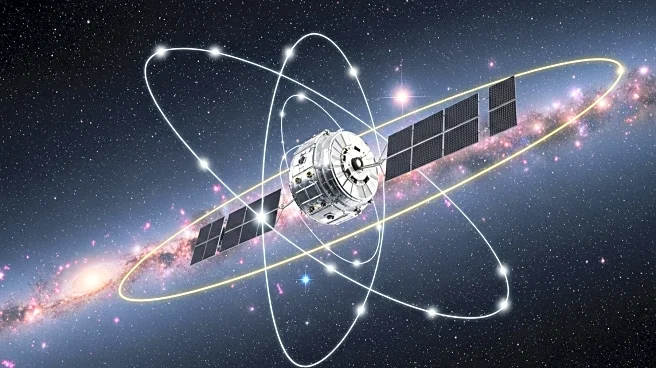What is the story about?
What's Happening?
Starlink satellites, part of Elon Musk's satellite internet constellation, are increasingly falling back to Earth, with one to two satellites reentering the atmosphere daily. This trend is expected to rise, according to retired Harvard astrophysicist Jonathan McDowell, who tracks satellite movements. The satellites burn up upon reentry, creating fiery trails visible in the sky, particularly over North America. The increase in reentries is attributed to the growing number of satellites in Low Earth Orbit (LEO), which includes Starlink's 8,500 satellites and other clusters like Amazon Kuiper. McDowell predicts that the number of satellites burning up could soon reach five per day due to the expanding satellite population and their typical five-year replacement cycle.
Why It's Important?
The increasing frequency of Starlink satellite reentries highlights the growing presence of LEO satellites, which could have significant implications for space traffic management and safety. As more satellites are launched, the risk of collisions and the potential for Kessler syndrome—a scenario where space debris leads to further collisions—becomes more pronounced. This situation could impact satellite operations and communications, affecting industries reliant on satellite technology. Additionally, the Federal Aviation Administration has warned of potential risks to human safety from falling debris, projecting that by 2035, injuries or fatalities could occur every two years due to uncontrolled reentries.
What's Next?
The trend of increasing satellite reentries is expected to continue as more satellites are launched into LEO. Stakeholders, including satellite operators and regulatory bodies, may need to address the challenges of managing space traffic and ensuring safe reentries. The potential for Kessler syndrome could prompt discussions on international cooperation and regulations to mitigate collision risks. Furthermore, advancements in satellite design and reentry technology may be necessary to minimize the impact of falling debris on Earth.
Beyond the Headlines
The phenomenon of satellite reentries raises ethical and environmental concerns about the sustainability of space activities. The growing number of satellites contributes to space debris, which poses long-term risks to both space operations and the environment. As the space industry expands, there may be increased pressure to develop responsible practices and technologies that reduce debris and ensure safe satellite disposal. This situation also underscores the need for global collaboration in space governance to address the challenges of a crowded orbital environment.
AI Generated Content
Do you find this article useful?
